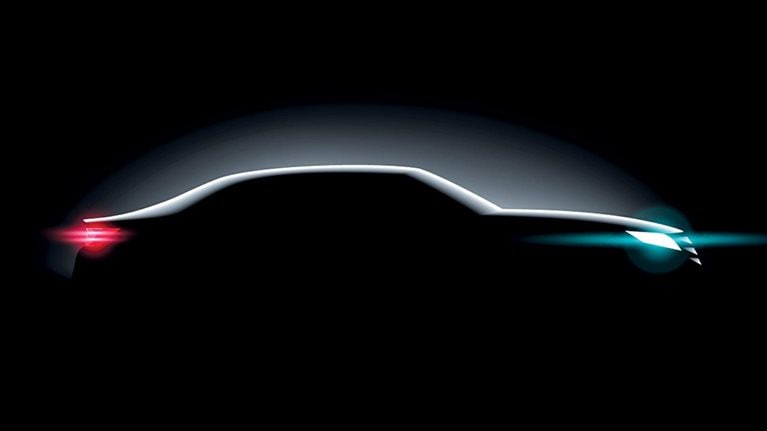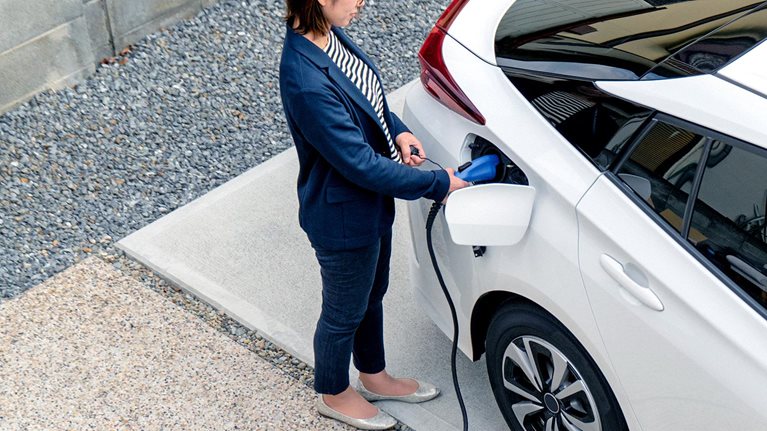McKinsey projects that more than 90 percent of vehicles sold in 2030 will be connected, up from 50 percent today.1 To capture the full value of this growing market, OEMs and other mobility players should consider the following three questions:
- What is the importance of connectivity for different customer segments, including those defined by region, demographic characteristics, and selected vehicle powertrain?
- How can OEMs and other mobility players create a winning connectivity offering (including attractive features, customer willingness to pay, and smart bundling)?
- How can OEMs and other mobility players maximize the commercial opportunity from connectivity through different payment models, such as one-time payments and subscriptions?
To support mobility players in the connected-car ecosystem, we recently surveyed more than 1,600 automotive customers in China, Germany, and the United States. The survey focused on 39 different features that could be part of a connectivity offering in six overarching categories: safety and security, comfort, autonomous driving, performance, infotainment, and assistant services. (For more information on the methodology, see sidebar “The McKinsey Automotive Digital Services Customer Survey: Methodology”). The survey findings allowed us to identify nine key implications that can help mobility players understand the current market, including regional differences, and capture the full value from connectivity by identifying features that consumers value, developing strong offerings, and setting the right price.
Would you like to learn more about the McKinsey Center for Future Mobility?
Why connectivity is important
Car buyers often prefer vehicles with strong connectivity, and the survey results reflected this enthusiasm.
1. Connectivity will be crucial to win in growing segments globally, especially in the battery-electric-vehicle segment and in China
Strong connectivity is essential to win in China and to attract battery-electric-vehicle (BEV) customers globally. In the McKinsey Mobility Consumer Pulse survey, 55 percent of Chinese respondents and 57 percent of BEV customers were willing to change automotive brands to get better connectivity.1
BEV disruptor OEMs and Chinese OEMs have long understood the importance of connectivity and are significantly beefing up their offerings. Seamless and AI-based voice assistants, subscription models for autonomous driving, advanced security features, and entertainment features such as gaming are creating a buzz. Western incumbent OEMs are improving connectivity, but their offerings often trail behind Chinese OEMs. Many features that Chinese OEMs offer as standard are still priced as separate options at Western volume and premium OEMs.

2. OEMs can expect average take rates of about 40 to 60 percent for connectivity features, if packaged and priced well

How to create a winning connectivity offering
OEMs and other mobility players face a complex challenge when developing connectivity offerings because they must understand what customers in select segments want and what those customers are willing to pay. The bar for strong offerings is already high, especially in China, and will only rise higher.
3. Chinese OEMs are setting new standards in connectivity offerings

4. Connectivity features and offerings must be highly tailored to specific regions and customer segments
While some connectivity features are in high demand, many advanced offerings, such as in-car gaming, have a niche appeal. Feature preferences also vary widely among regions. For instance, more than 50 percent of the top ten features in China relate to more advanced technologies, such as advanced-driver-assistance features, while German and US customers favor comfort and convenience features. Similarly, the likelihood of considering connectivity features is more than 25 percentage points higher for customers in urban populations compared with suburban or rural customers. Click on the country names in the exhibit for more information on each location.
To maintain control over customer interfaces and data, some OEMs are restricting the offerings of third-party tech players in their vehicles.
5. Connectivity features and offerings must reflect customer relevance and willingness to pay
Connectivity features fall into several archetypes based on willingness-to-pay (assuming a one-time payment):
- Must-have features: Most customers are extremely willing to purchase these features; OEMs can consider integrating them into base configurations.
- Niche features: These features are typically of low interest to mainstream customers but are associated with a high willingness to pay within certain groups; OEMs can create dedicated offerings for these to exploit revenue potential.
- Halo features: Customers have a high absolute willingness to pay for these features, which have take rates between 40 to 60 percent; OEMs can consider pricing halo features as single premium features.
- Bundle features: These features are associated with medium interest and medium-to-low willingness to pay; these could be combined with selected halo or must-have features in smart bundles to increase customer interest. Given the high number of features in this category, OEMs investing in smart bundling strategies could see significant returns.
Safety and security features
Comfort features
Autonomous-driving features
Performance features
Infotainment features
Assistant services







6. Bundling increases average customer relevance of connectivity features


A new breed of car financing: Feature bundles and embedded services
How to commercially master the connectivity opportunity
7. Customers favor subscription models for connectivity services but prefer yearly payments over monthly payments
Thirty-nine percent of customers favor subscription payments for connectivity, compared with 30 percent who favor one-time payments. For subscriptions, more than 60 percent prefer yearly payments.
Recurring-revenue service models will become increasingly important for OEM connectivity offerings, and this has significant implications. First, OEMs must shape the customer journey and expand engagement beyond their dealership networks. Second, OEMs will need to consider undertaking a comprehensive transformation, moving away from a start-of-production-centric approach and focusing more on continuous improvement. In addition to frequently updating digital features, they will need to clearly convey the benefits of such upgrades throughout the entire sales process and customer journey. An omnichannel strategy that merges the offline and digital worlds will also be essential to renewing subscriptions seamlessly and to understanding how customers value different features.

8. Pricing connectivity features is more complex than expected, and finding the right balance between price level and take rate is crucial

9. Continuous customer activation beyond first car owner is essential to capture connectivity’s full potential
Subscription models accrue higher cumulative revenues than one-time-payment models only after three to five years, although this varies greatly by region. On average, this amount of time is 60 percent longer for yearly subscriptions compared with monthly subscriptions.
Given that the average holding period for vehicles is around five years and the average leasing period is around three years, OEMs will need to work with their retail and service partners to demonstrate the value proposition of connectivity subscriptions to second vehicle owners if they want to generate revenues similar to or above those for traditional one-time payments. In addition, OEMs must monitor feature activation rates and, with vendor assistance, ensure that offerings remain attractive throughout the entire holding period.

Recapping: Winning the connectivity race
Winning the connectivity game requires several fundamental activities:
- obtaining a sophisticated understanding of customers, including how their needs differ across regions; behavior-based segmentation can help reveal such nuances
- developing features that strictly adhere to customer requirements
- adjusting current processes, including those for R&D, product management, marketing, and sales and services, while simultaneously shifting to recurring revenue models
- creating a strong commercial strategy that combines both sophisticated bundling and pricing in compelling offers and then ensuring that the value proposition is clearly communicated to customers and delivered through all sales channels



